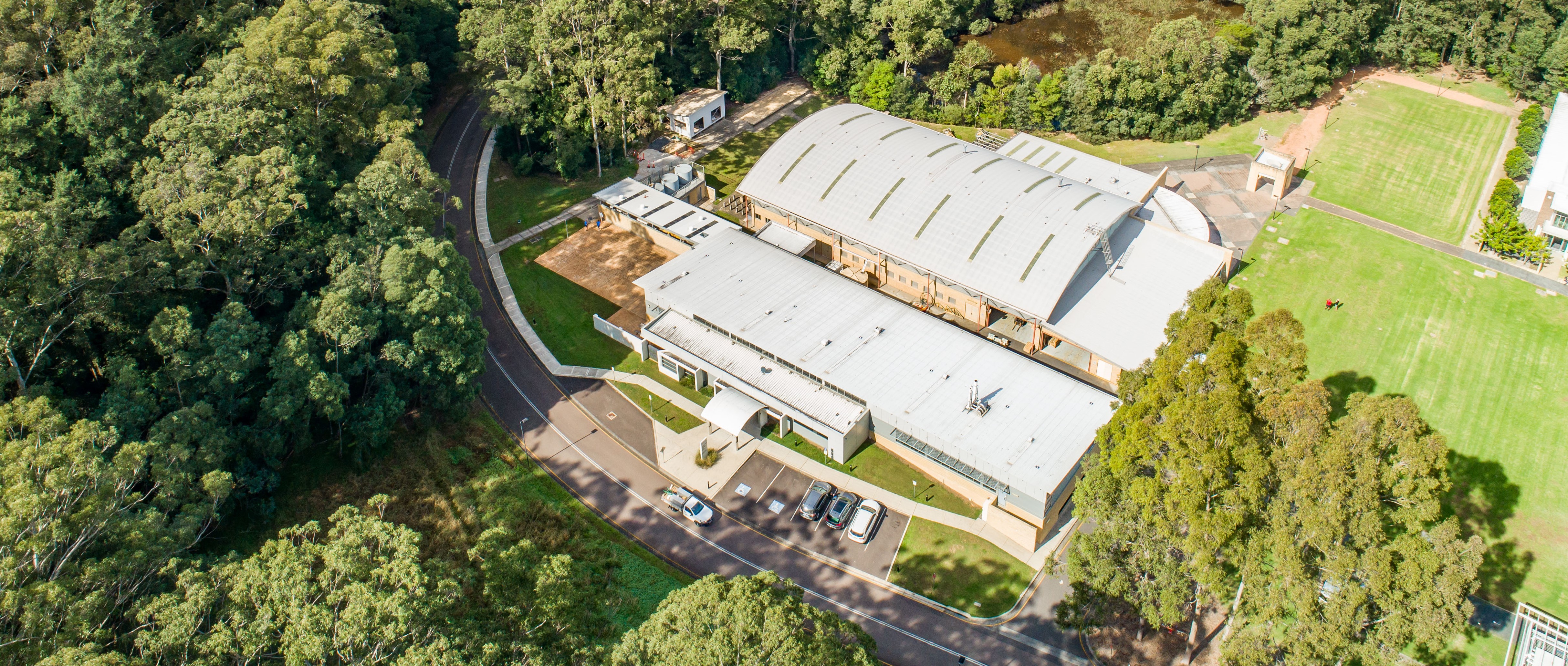Overview
Beautiful beaches meet pristine national parks and pretty waterways on the NSW Central Coast, just north of Sydney. Explore the area's natural treasures on outdoor adventures, meet native animals at popular wildlife sanctuaries, sample local food and wine, and discover a thriving arts scene.
The Central Coast Primary Industries Centre (CCPIC) is the department's Centre of Excellence for Market Access and Greenhouse Horticulture and has been in the service for over 100 years. The site is collocated with the Ourimbah campus of the University of Newcastle, with a further 78 hectares at Somersby Field station.
CCPIC is a research institute with world-class, purpose-built laboratories and a greenhouses complex which support R&D of NSW Agriculture and Biosecurity & Food Safety. In addition to the research, community and/or compliance programs of Fisheries, Water, Game Licensing Unit, Local Land Services, and Natural Resources Access Regulator are also located onsite.
The Institute develops and implements science-based technologies and production systems for horticultural crops. Many research and development opportunities exist to maintain horticulture as Australia’s fastest growing primary industry. These include enhancing export market access, developing new export supply chain opportunities, mitigating food safety risks, developing innovative products, reducing industry reliance on pesticides and improving environmental performance.
Our research
The Centre of Excellence for Market Access and Greenhouse Horticulture.
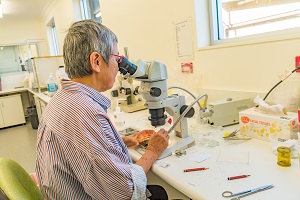
Our facilities & services
CCPIC offers a range of facilities from labs, training centres and testbeds.
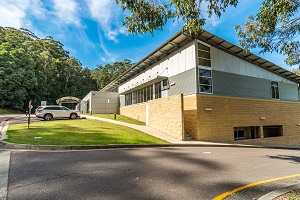
Visit, events and learn
CCPIC offers various event, visit and engagement activities for producers, students and the broader community.
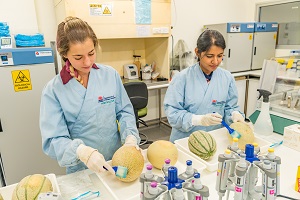
Key Programs and Initiatives
Market access
Helping small NSW horticultural exporters - from orchard to laboratory. Blueberries, Cherries, lemons, the list goes on.
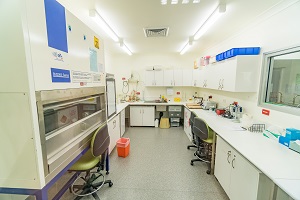
Fruit Fly - insect pest detection
Evidence-based pest control measures on Queensland Fruit Fly (Qfly) to monitor, prevent and handle risks across the supply chain.
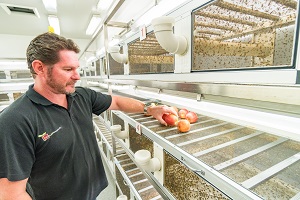
Cold Plasma for horticulture
Achieving cold pasteurisation of fruit. Cold plasma is a partially ionised gas comprising ions, electrons, ultraviolet photons and reactive neutrals such as radicals, excited and ground-state molecules
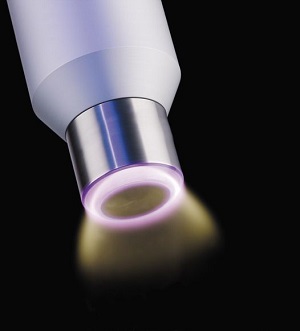
Safe Melons (Food Security)
Supporting the Australian melon industry with scientific evidence-based best practice on food safety
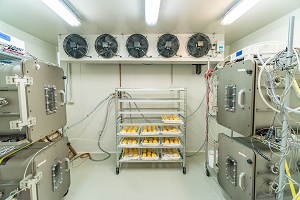
Research Station Request for Opportunity
Completing the Research Station Request for Opportunity form assists our staff to respond to requests against availability on site.
Request for opportunity formOur region and output
The Central Coast is a peri-urban region in the Australian state of New South Wales (NSW), lying on the Tasman Sea coast to the north of Sydney and south of Newcastle. The area is the third-largest urban area in New South Wales and the ninth-largest urban area in Australia.
The gross value of agricultural production in the Central Coast is over $167 million (2020-21), employing 1,150 people across a variety of agricultural businesses from just 0.02% of NSW’s farmland. The region’s landscapes are predominantly coastal hinterland with approximately 80km of coastline. Although one of the more populated NSW regions, the Central Coast makes a significant contribution to agricultural production in NSW
| Production | Value | % Share of NSW |
| Cattle and calves | 210,946,838 | 8% |
| Poultry | 136,503,737 | 16% |
| Milk | 133,702,807 | 21% |
| Eggs | 68,490,085 | 26% |
| Commercial fisheries and aquaculture (estimated)# | 51,726,996 | 28% |
| Nurseries | 17,857,828 | 4% |
| Turf | 7,097,985 | 6% |
| Sheep and lambs | 3,660,599 | 0% |
| Grapes - Wine production | 3,259,112 | 1% |
| Mushrooms | 3,220,425 | 3% |
| Total primary industries | 667,164,005 | 6% |
Data from sourced from ABS, ABARES & DPI 2021.
Our climate
Located between Sydney and Newcastle on the sunny Central Coast, the site covers laboratories and greenhouses at Ourimbah and 78 hectares at the nearby Somersby research site. Elevation 18.1m. The 1312 mm average annual rainfall is summer dominant with a relatively dry spring. Average maximum temperatures range from 27.4°C in January to 16.8°C in July. Average minimum temperatures range from 5.3°C in July to 17.3°C in February.
Our history
The Narara Viticulture Nursery was established in 1912 as a consequence of failures at the Raymond Terrace Viticulture Nursery, to produce Phylloxera-resistant rootstocks to combat a major outbreak of the Phylloxera aphid in the grape growing areas in NSW and Victoria. Viticultural work continued into the 1950s when the former Viticulture Nursery was gradually being transformed into a Citrus Research Station. Green Tea was trialed on the Narara section of the Gosford Primary Industries Institute in the early 2000s which led to the establishment of a larger Green Tea planting at the Somersby Field Station. The Centre was relocated from the former Narara Research Station in 2011 following over 100 years of research and trials on the Narara site
Central Coast Primary Industries Centre Site Video
Contact
Phone: (02) 4348 1900
International: +61 2 4348 1900
Fax: (02) 4348 1910
Location
North Loop Road
Ourimbah Campus
University of Newcastle
Ourimbah NSW 2258
Postal address
Central Coast Primary Industries Centre
Locked Bag 26
Gosford NSW 2250
